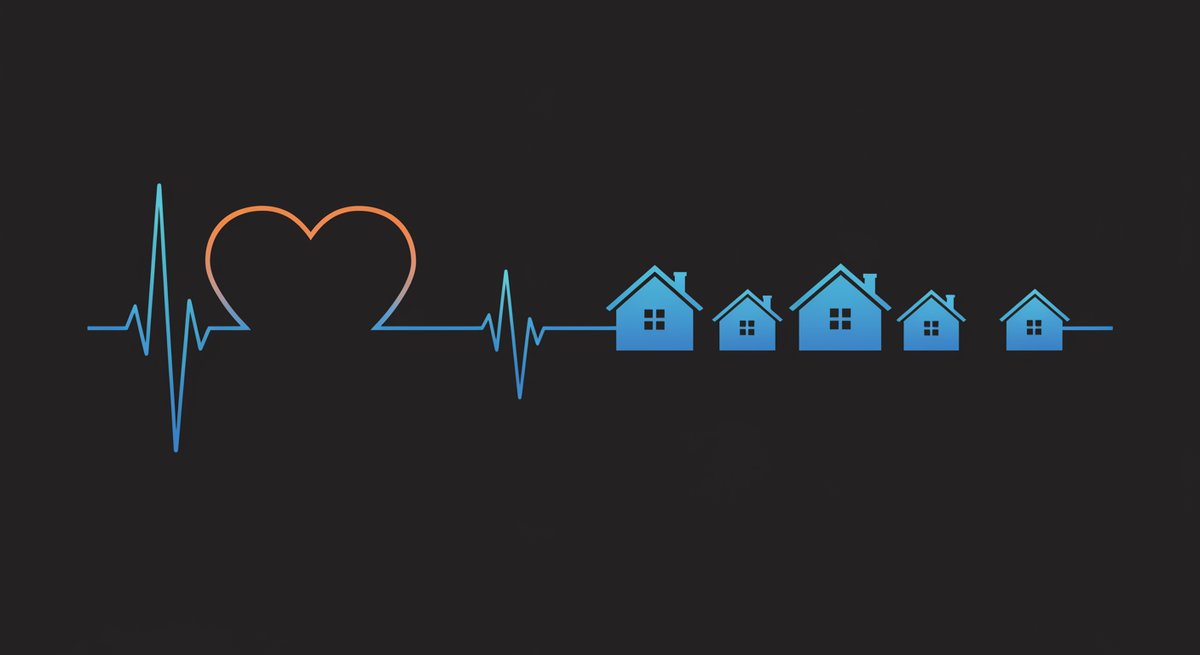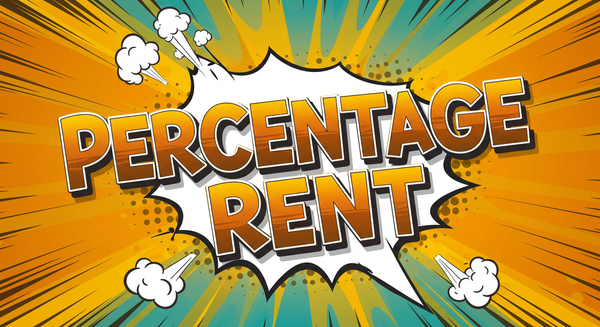Rental Property Pulse by LandlordDoc | June 21, 2025
Your pulse of what's happening in the rental industry right now

This Week's Headlines
• Vacancy rates climb to 7.1% nationwide: Q1 2025 data shows a softening rental market which requires that Property Managers reassess their competitive positioning. Higher competition means it's time to take your new tenant marketing strategy up a notch (more on that below).
• Midwest markets lead rent growth: Kansas City tops nation at 3.5% while Sun Belt cities continue declining
• UK's Renters' Rights Bill signals regulatory shift: New tenant protections after Easter 2025 may foreshadow US policy changes
When Kansas City Became Cooler Than Austin
Plot twist: The heartland just schooled the Sun Belt on rent growth
🎯 The Plot Twist Nobody Saw Coming
Remember when everyone was moving to Austin and Phoenix for "cheap rent and good weather"? Well, 2025 just flipped that script harder than a property flipper in 2006. Kansas City is now the rent growth champion, while Austin landlords are watching their premium evaporate faster than morning dew in Texas heat.
The smart money? It's quietly buying up Midwest properties while everyone else is still obsessing over Sun Belt markets. Sometimes the tortoise really does beat the hare—especially when the hare gets overpriced and oversupplied.
Quick Wins
Hyper-Personalized Marketing with AI
Instead of generic "Dear Tenant" emails, use AI to craft personalized messages based on prospect behavior. Properties using this approach report 25-40% higher engagement rates and 15-20% faster lease-ups according to recent multifamily marketing analysis.
How to implement this week:
- Segment your prospect database by key preferences (pet owners, families, professionals) using your current property management software
- Use ChatGPT or Jasper ($20-50/month) to create tailored email templates highlighting relevant amenities for each segment
- Set up automated follow-up sequences that adjust based on prospect engagement using platforms starting at $30/month
Cost: $50-100/month | Time: 4-5 hours initial setup
By the Numbers
| Metric | Current | Previous | Why It Matters |
|---|---|---|---|
| US Vacancy Rate | 7.1% | 6.6% (Q1 2024) | Higher vacancy means more competition for quality tenants |
| Average Lease Length | 12.8 months | Historical avg 11.2 | Longer leases reduce turnover costs significantly |
| PropTech Market Size | $41.52 billion | $38.4 billion (2024) | Technology adoption accelerating - time to upgrade systems |
Market Pulse
New Supply Alert: Yardi Matrix forecasts 3.3% increase in multifamily completions for 2025, followed by 11.5% growth in 2026, creating both competition and acquisition opportunities.
Permitting Surge: Midwest leads with 16.7% increase in multifamily permits while Northeast dropped 37.7%, signaling regional market shifts.
Watch This Space: Austin leads rent decreases at -4.5% while Kansas City leads increases at 3.5%, highlighting the geographic rebalancing from Sun Belt to Midwest markets.
Legal & Regulatory
Texas Is Streamlining Multi-Family Permitting: Senate Bill 840 (effective September 1, 2025) will require cities over 150,000 population to allow multifamily use in commercial zones, streamlining permits and limiting local restrictions including traffic analyses and excessive parking requirements.
Impact: Potential increase in rental supply in major Texas markets as development barriers decrease.
Opportunity: Texas landlords should monitor local implementation and consider acquisition opportunities as new supply enters market.
Tool Spotlight
Featured: TenantCloud
Best For: Small portfolio landlords (1-15 units) needing basic property management without premium pricing
Pricing: $17-100/month depending on features and unit count
Bottom Line: Solid choice for landlords prioritizing affordability over advanced features - offers 50% administrative time reduction at budget-friendly price point.
Research Roundup
Study: "2025 Zillow Rentals Consumer Housing Trends Report"
Key Finding: Median renter age has climbed to 42 years (up from 36 in 2000), with 95% of renters prioritizing affordability above all other factors.
Takeaway:





